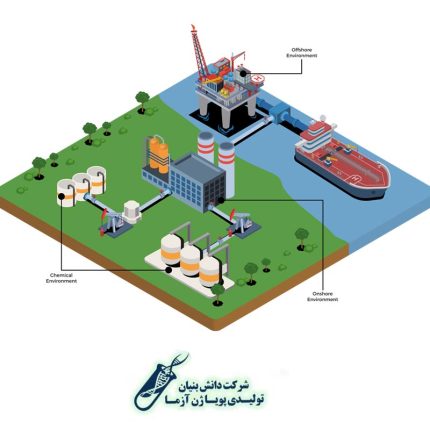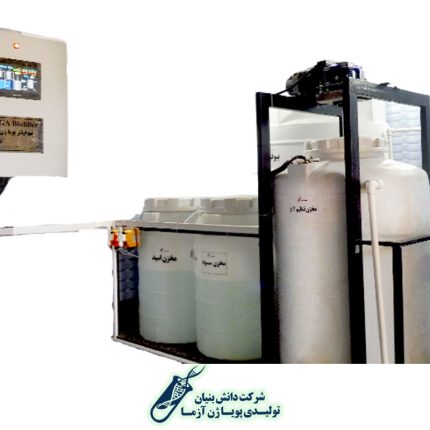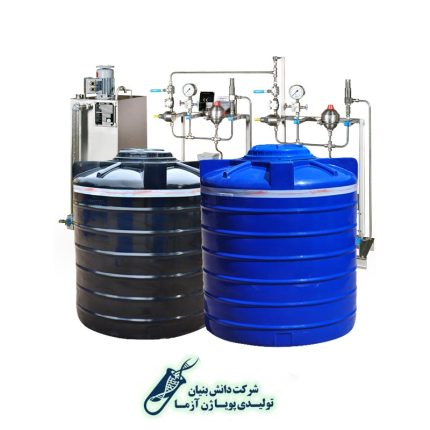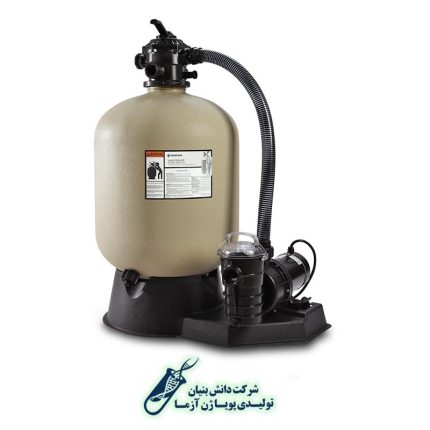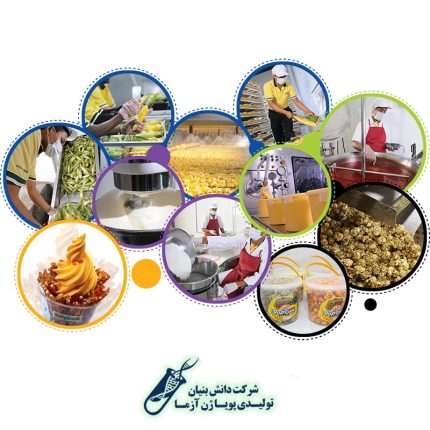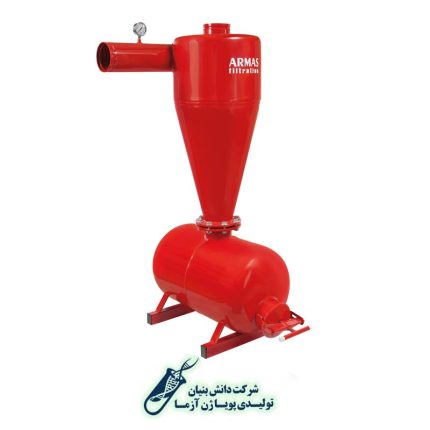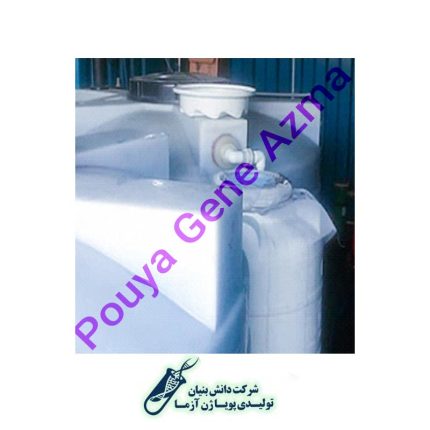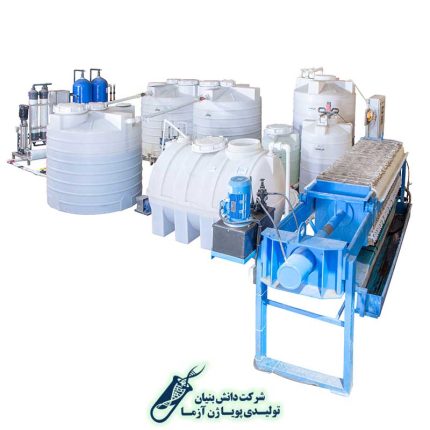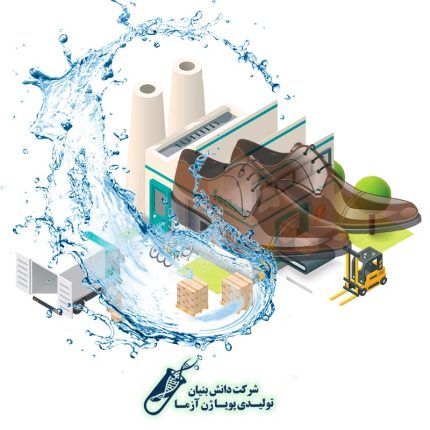Biofilter system in oil and petrochemical industry
Wastewater of oil and petrochemical industries have a huge collection of different types of pollutants. Some of the most important pollutants in petrochemical waste are solid and colloid particles, bad-smelling gases that occur due to the decomposition of organic materials and dissolved gases in the waste, carbohydrates, Detergents, dyes, proteins, types of fats, chlorides, heavy metals, nitrogen, phosphorus, carbon dioxide, ammonia, and methane are indicated to cause increased COD and BOD and should be removed by filtering. Removal of various groups of polluting materials in the waste of petrochemical industries can ultimately increase their quality to a desirable level and can use as water for agricultural fields. With these solutions, not only environmental pollution is prevented, but water consumption is also saved to a great extent. In order to treat the waste of oil and petrochemical industries, different physical, chemical and biological steps are needed, including physical removal of particles, degreasing, coagulation and biofilter.
Biofiltration system for Metal Plating
Based on the type of plating used in this field, the wastewater will have various types of heavy metal such as chromium, nickel, tin, copper, aluminum, cadmium and cyanide. Pouyagen Azma company has succeeded to make biofiltration system for treatment of this type of wastewater and had been successfully installed and is using so far in more than 20 metal plating industries. Process of PGA bioftration system contains pH adjusting, isolation of particles with bag filter and removal of heavy metals by biofiltration system. All of this process is continuous and automatic using PLC or electrical panel. One of the installed plating biofilteration is shown in picture below.
Filters (sand, carbon, micron and disk)
Usually, a sand filter is used to remove all kinds of physical and biological suspended particles in water up to 50 microns in diameter. This impurities can include any types of organic materials, planktons, bacteria and particles of rust, mud and dyes.
Food industry wastewater treatment system
Various food industries including production factories such as dairy products, canned food, compote, tomato paste, juice, soft drinks, dry beans and ready-to-eat vegetable, despite the wide variety of products, have similar quality in waste production. The amount of COD and BOD of this industries are in 100-10000 milligram per liter.
Hydro cyclone
A simple and effective tool for removing abrasive grains and solids from water. Due to its high efficiency (95 percent) in removing particles, ease of installation and use, and reasonable price, this device has a special place in water purification and water supply systems. If the working conditions and pressure are favorable, it can remove particles up to 75 microns.
leachate treatment system
Garbage leachate is a fluid obtained from buried or recycled garbage which has various dangerous and toxic substances and in according to geographic region, has different range from 10000 to 120000 in BOD, COD and TDS and in case entering to environment has irreversible effects and must be treated. Here in PGA company, we have succeeded in setting up a waste water treatment system based on biofilter. One of this system successfully installed in garbage collection stations of Tehran. That has capacity up to 20 cubic meters per day and can install a 20 foot mobile-container, picture of this system is given bellow.
Textile wastewater treatment system
Textile and dyeing industries are one the largest consumers in the world, so they produce huge amount of wastewater and this wastewater have wide range of pollutants such as pigments and auxillary materials like dispersants, homogenizers, carriers, salts, acids, alkalis, and sometimes heavy metals. Similar to most industrial waste treatment packages, there are two main steps in textile and dyeing waste treatment. chemical and physical treatment and then biological treatment (biofilter). In the physical and chemical phase of purification the first step is adjusting the pH in neutral range, and then due to the high turbidity the chemical coagulation method is used to remove the pigments and suspended particles. In the last step an aerobic biofilter stage is used to remove the remaining materials. The image of a textile wastewater treatment system with a capacity of 100 cubic meters per day is shown below.
Wastewater treatment system for leather industries
Biofilter system in leather industry
Leather industries have high water consumption so they release enormous wastewater in environment, and usually have high amount of BOD, COD, TDS, sulfide, ammonium, nitrate and heavy metals such as chrome, industrial salts, organic compounds and skin waste. In case that this waste enters into the environment without treatment, it causes severe damage to the environment. PGA biofiltration, using a combination system physical, chemical and biological methods based on biofilter is capable of purifying of sewage of leather industry up to the standards of the Environmental Protection Organization and can be used again.



